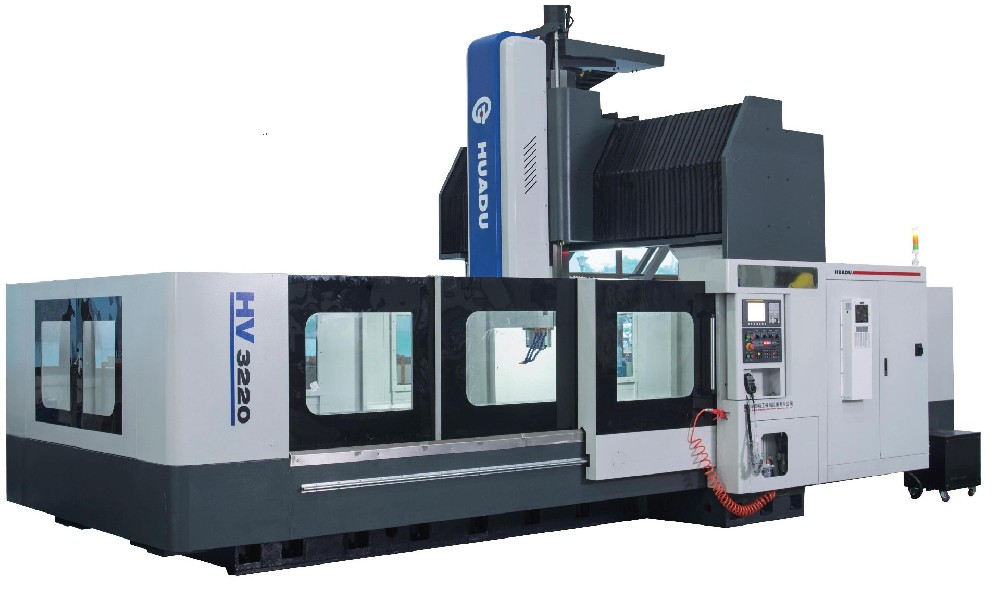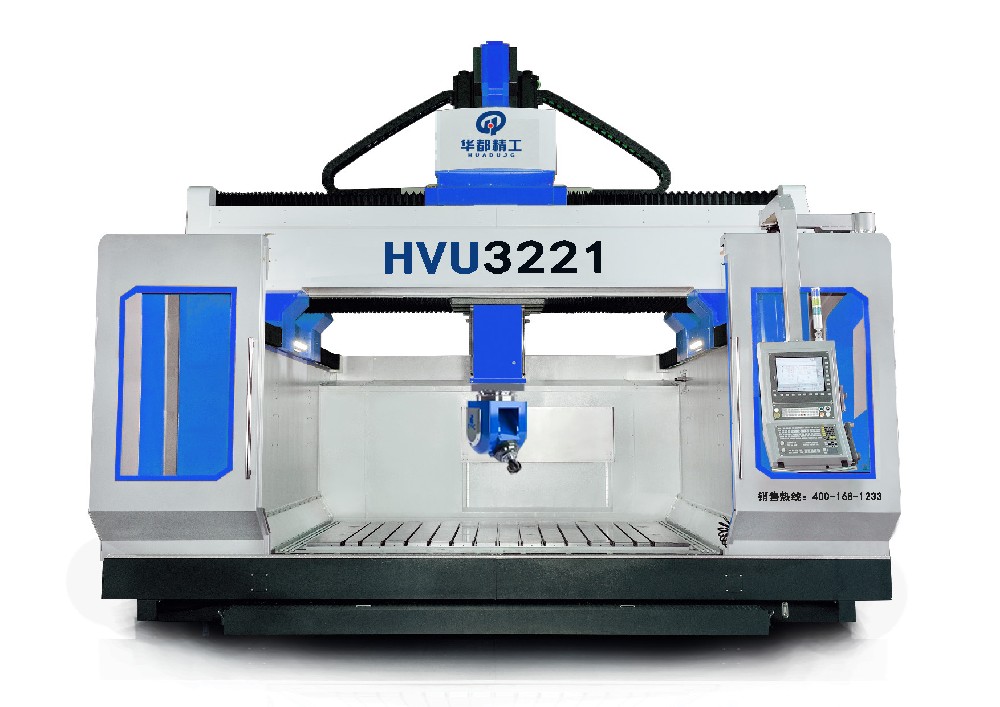How is the Chinese robot developing compared to Germany and
Article source: Click:Date:2019-02-26 13:03:02
The global robot market is becoming the slogan of “landing” for capital and enterprises. According to the data released at the 2018 World Robotics Congress held on August 15th - 19th, the global robot market will reach US$29.82 billion in 2018.
In this huge cake, the Chinese robot market is expected to reach US$8.74 billion in 2018, accounting for more than one-third of the market. However, the reporter of "Daily Economic News" noticed that the problem of less robot patents and low market share of local brands is still a problem that domestic robots cannot ignore.
This year, "human-machine collaboration" has become a high-frequency word in the mouth of the industry. "Because of technological breakthroughs and technological developments, robots have entered the 2.0 era." In the view of Qu Daokui, founder and president of Xinsong Robotics Automation Co., Ltd., the measurement standard of robots has changed from the past machinery and equipment indicators. Self-determination and other capabilities.
The joy and worry of the world's largest robot market
According to the "China Robot Industry Development Report (2018)" compiled by relevant experts and researchers of the Chinese Institute of Electronics, the global robot market is expected to reach US$29.82 billion in 2018, and the average growth rate in 2013-2018 is about 15.1. %. Among them, industrial robots are expected to be 16.82 billion US dollars, service robots are expected to be 9.25 billion US dollars, and special robots are expected to be 3.75 billion US dollars.
In 2018, the size of the Chinese robot market is expected to reach 8.74 billion US dollars, and the average growth rate in 2013-2018 is 29.7%. Among them, industrial robots are expected to be 6.23 billion US dollars, service robots are expected to be 1.84 billion US dollars, and special robots are expected to be 670 million US dollars.
Qu Daokui mentioned that China has become the world's largest robot market since 2013, and in 2017 it has created a new record high: the market capacity exceeds 140,000 units, and the average growth rate is close to 60%. Karel Eloot, a senior managing partner of McKinsey Global, believes that China has a greater potential for improving the density of robots compared to Japan and Germany.
Under the huge market demand, all countries attach great importance to robots. The United States put forward the "Robot Development Roadmap" and Japan proposed the "Robot Revolution" strategy.
"At present, according to different development strategies, the development paths of different countries are different, and the competition is fierce." Jeff Bournstein, president of the American Robotics Industry Association, said in an interview with the reporter of "Daily Economic News". So, what is the current development of local Chinese robots? Qu Daokui mentioned that compared with the proportion of Chinese native robots and foreign robots last year, local brands have occupied major advantages in coordinate robots and parallel robots, but scara robots and multi-joint robots are actually foreign brands. Dominant, almost occupying more than 80% of the market.
In addition, KarelEloot said: At present, China only holds less than 1% of industrial robot patents, occupying more low-end market share. Most of the more than 800 robotics companies lack system prototypes for system integration, and they need to face the above challenges in order to climb the upstream of the value chain.
"Human-machine collaboration" is the current stage keyword
There are still many "short board" Chinese robotics industries that still need to catch up. We are experiencing this important change with the world. Can local robots seize new opportunities?
"Because of technological breakthroughs and technological developments, robots have entered the 2.0 era." In Qu Daokui's view, at present, robots have achieved deep integration in technology. The important indicator is the standard decision element of the robot. It is measured by the speed, accuracy, load and reliability of the past machinery and equipment, and becomes the autonomous decision-making ability, exercise ability, operation ability and interaction ability, which means "Human-Machine Collaboration Robots" welcomes more opportunities.
Qu Daokui further explained industrial robots as an example. The main technical components of robots were mechanical, electronic, software and control. Now robots and big data, AI, IOT, including cloud computing, have been fully integrated. The new generation of robots actually A new ecosystem has been formed, and it is the breakthrough and change based on technology. The next step is to have higher performance, function, intelligence and broader development space.
China Robot Industry Development Report
In the "China Robot Industry Development Report (2018)", there are several examples of "human-machine collaboration". For example, Swiss abb's two-armed human-machine collaboration robot can work together with workers to perceive human touch. After that, it will slow down immediately and eventually stop exercising. The cooperative robot LBRiiwa of Kuka, Germany, can approach the object at a speed of 10 mm or 50 mm per second and stop moving immediately after encountering an obstacle.
JeffBurnstein said that in recent years, the biggest opportunity in robots has been collaborative robots. At the end of 2017, the number of collaborative robots in the United States is more than 6,000, and there may be more than 40,000 at the end of 2020. Rainer Bischoff, vice president of the European Robotics Association and head of R&D at KUKA Roboter GmbH in Germany, mentioned that the first concern is interactive technology, including human-computer interaction and human-machine collaboration.
"According to statistics, collaborative robots can reach a market value of 2 billion US dollars in 2021, and the annual market growth can reach 60%." EsbenOstergaard, founder and chief technology officer of Universal Robots, uses such a set of data to reveal human-computer collaboration. Robot market capacity.
"We want to make a really useful robot. We don't want the robot to be a gimmick, or a 'black technology'. We should really provide services around us." The robot formula given by Fu Sheng, CEO of Cheetah Mobile Technology Co., Ltd. It is "AI+Software+Application+Service=Robot".
Security is a big guarantee for "human-machine collaboration." Qu Daokui mentioned that the safety of robots in the past is weak, robots and laborers must be separated, and with human-computer cooperation and communion, safety has become an important factor for cooperative robots to go to market. On the other hand, robots have become IOT (Internet of Things) products, and network security is also very important.
For the 2.0 era, KarelEloot mentioned that the further development of collaborative robots should also focus on the transformation of the production line. "If the production line is not modified, it is too expensive to replace the robot with a robot because the robot may only use 20% of the capacity."
Ranking
- China Machine Tool Industry Association Tool Branch 8th Gene
- Analysis of the development of domestic robot industry under
- The focus of the international mold manufacturing industry i
- The new manufacturing industry will showcase the investment
- Molding industry cluster is rising in Tianmen
- Jingdong Express robots use the development status of the ro
- How is the Chinese robot developing compared to Germany and
- Supply and demand situation, import and export of China's ma
- The machine tool industry is facing a critical period of tra
- 2019, China's machine tools are advancing
New
- China Machine Tool Industry Association Tool Branch 8th Gene
- Analysis of the development of domestic robot industry under
- The focus of the international mold manufacturing industry i
- The new manufacturing industry will showcase the investment
- Molding industry cluster is rising in Tianmen
- Jingdong Express robots use the development status of the ro
- How is the Chinese robot developing compared to Germany and
- Supply and demand situation, import and export of China's ma
- The machine tool industry is facing a critical period of tra
- 2019, China's machine tools are advancing
- Review of China's machine tool industry news in 2018
- The rail transit industry brings new opportunities to the ma
- Five-axis horizontal boring and milling machining center pro
- Constant temperature assembly workshop?
- Six-axis horizontal boring and milling CNC product features?





 WEIXIN
WEIXIN  DOUYIN
DOUYIN